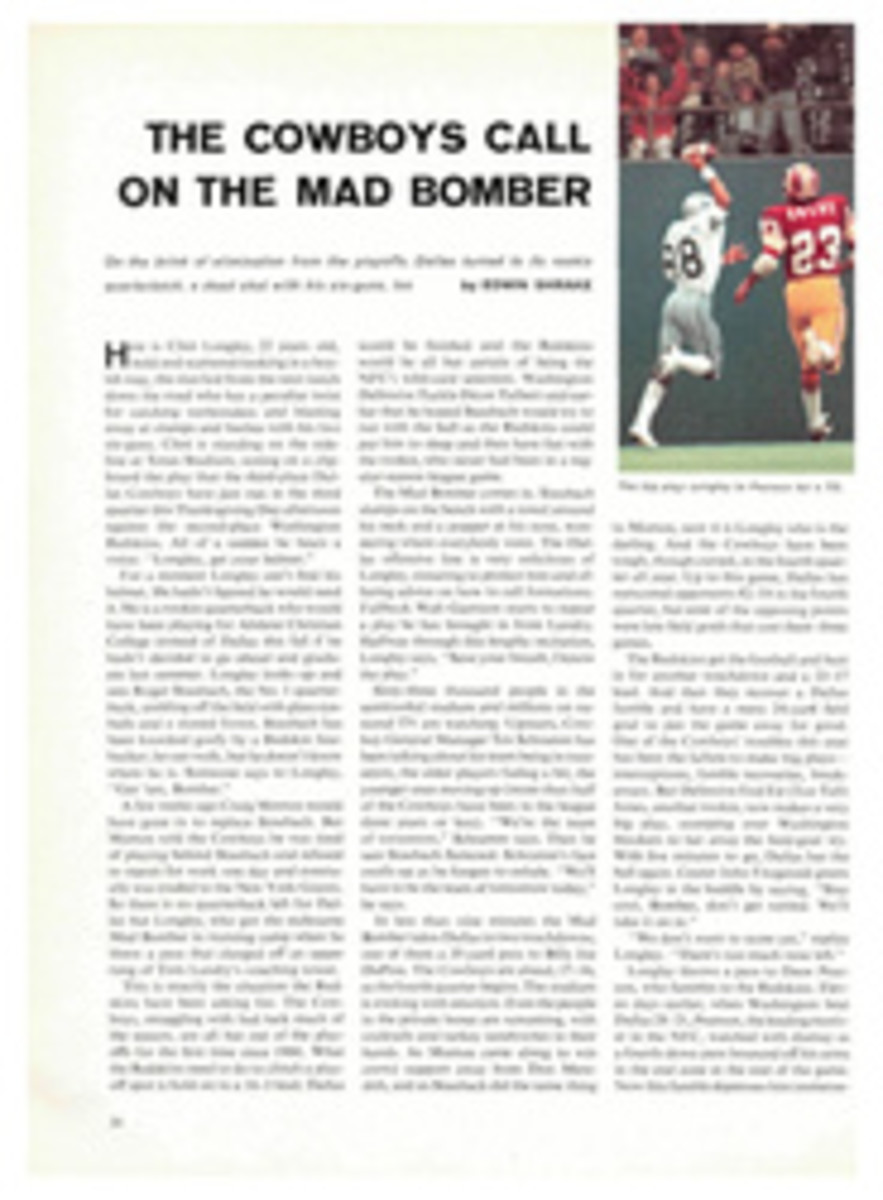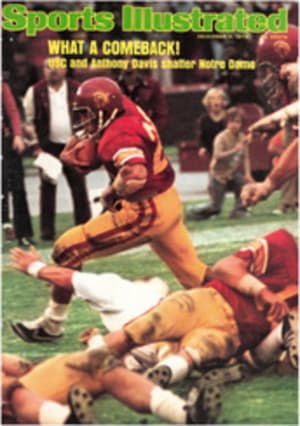
A GIFT FOR A CHILD WITH EVERYTHING: ROSEBUD FOR A BUDDING CITIZEN KANE
First, there was the look of the sky, dark and surly by daylight, then an angry orange toward evening. By dawn, as sure as your feet would hit the icy bedroom floor, it would be there: snow. It was magic, turning the pockets of the city into tiny rural villages, making the ganglia of streetcar wires and telephone poles into odd sculpture and, most of all, staying the execution of another school day.
Winters do not seem to assault the East like that anymore. To me, the snows come without heart, and maybe that is the reason it is difficult to recall the last time I saw a kid with a sled trailing behind him. The thought occurs after hearing how the snails, the farmers and a professor at MIT have warned of the severe winter ahead. It was not too long ago when such prospects would have been exciting; a sled without snow was quite dispiriting.
It was even more annoying if you were fortunate enough to own a Flexible Flyer. The Rolls-Royce of sleds, it became as much a part of a young boy's winters as the Louisville Slugger belonged to his summers. It was the gift that meant more than anything else, and even after you grew older and the body could not handle the whaap of a good belly flop down a steep piece of topography, the Flyer was always isolated in the mind. Remember the dying Orson Welles in Citizen Kane: the last word he spoke was "Rosebud"; it was the name of his sled, the only possession that seemed to matter to a man who had had it all.
The market for the Flexible Flyer is not what it used to be. The age of acrylics and double knits has moved into the world of sledding. The sleds have taken the form of plastic saucers, because of rising costs. They are easier for a child to carry uphill, we are told, better for him than dragging the heavier sled. The manufacturers say the plastic "sleds" are safer, with no moving parts and fewer complications. For many, though, the feeling received from a good run down a hill far outweighed any discomfort of towing the Flyer back up the slope. This was done again and again until the snow gradually vanished under the weak reflection of the streetlights.
The Flexible Flyer was given its trade name by the S.L. Allen Company of Philadelphia. It was Samuel Leeds Allen himself who designed the sled, supposedly for his two daughters away at school who wanted one that could be steered in any direction, in order to help the pilot avoid obstacles along the way. After many false attempts, Allen built and patented the first flexible-runner sled in 1889. His model was the first that could be steered by hand.
Millions of Flyers were made by S.L. Allen. Besides the Flexible Flyer, the company also produced the Yankee Clipper line of lower-priced sleds and the Flexy Racer that had wheels instead of runners for children living in climates without snow. The Flyer celebrated its 80th birthday in 1969, shortly after the Allen Company was bought by Leisure Group, of California (California?) and a toy manufacturer, Blazon of Ohio. After several years the conglomerate sold its sled holdings to Blazon. The Flyer is still produced in six different sizes (41", 45", 48", 52", 56", 60"), and prices range from $13 to $25.
The total sled production of Blazon-Flexible Flyer this year is estimated at 350,000; in the sledding business a good snowfall before Christmas is the best advertisement. Still, many stores that used to sell Flyers no longer carry them. The kids of today prefer other types: toboggans made of high impact plastic, snow jetmobiles and saucers with simulated jets in the back.
According to Frederic Birmingham, a sort of historian of the sled, "There's just no end to the sentiment about a Flexible Flyer." He recalls one man from Miami who carried his Flyer around the country like a security blanket. "When he settled down," says Birmingham, "he had a yen to make a coffee table out of his sled. But the label had worn off, and he wondered how to get another. The company provided it, and now he has a great new emblem of the American eagle that you can see on his still flexible—though no longer flying—coffee table."
Throughout history man has always found a way to move on snow. First, he used animal bones as runners. The earliest coasters had wooden runners, then iron, but they were hard to control and frequently the passenger ended up in a gully or around a fireplug. Then along came Samuel Allen with his "little miracle of the snow." The old man had a lot of competitors, but he managed to stay a fraction in front of them. In 1932, for instance, the company introduced "super steering" to the sled, and in 1938 rounded runner ends were added for safety purposes.
Under a Christmas tree, its steel runners gleaming, that arrogant eagle riding the arrow, the Flyer was truly without equal. It is far from what most kids ask for these days, things like electronic calculators and jet-powered saucers. Passed on from generation to generation, some Flyers have become antiques, the feature of suburban garage sales. Many still remain, but they now hang on pegs in attics and musty cellars.
If you want a new one, you probably should buy it soon, before the Flyers, the snow and the desire are all gone.

